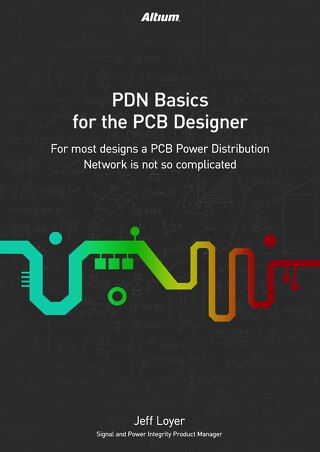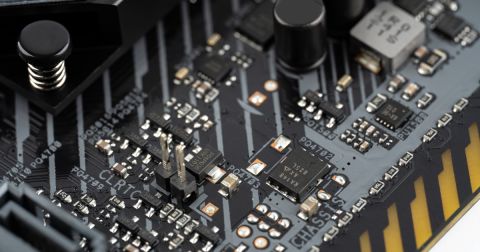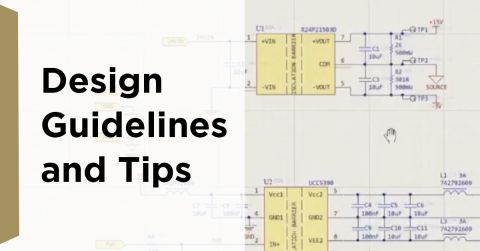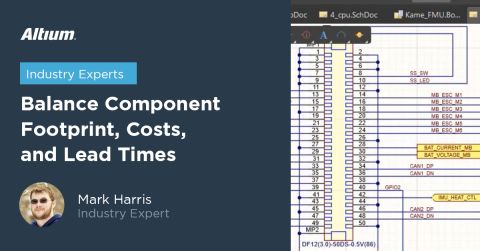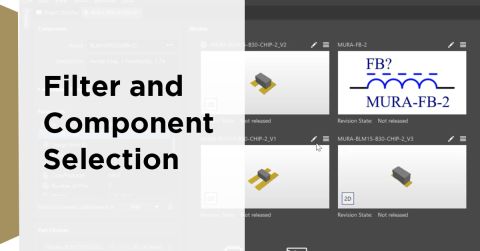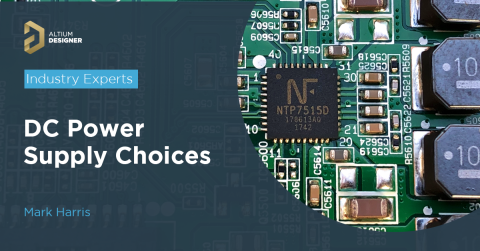Ebook: PDN Simulation and Analysis Guide

Most designers don’t realize they need to worry about power integrity until they have a power integrity problem. Other designers might build boards that can’t handle the demands of modern digital and high frequency components, and they may not realize the problems that lurk in their power delivery network (PDN). Although the basic concepts involved in designing for power integrity are well-known, myths about power integrity abound, and designers need tools to help them evaluate and qualify power integrity in a PDN.
The challenges involved in designing for power integrity center around noise reduction and ensuring low PDN impedance. Basic simulation tools like SPICE are excellent for identifying problems during front-end engineering if they are used properly. Some tasks include direct simulation of noise, the PDN’s transient response, and the PDN impedance spectrum. Once the PCB layout is complete, the radiated emissions should also be simulated as they can cause interference in sensitive circuits, or possibly cause a device to fail EMC qualification.
In this e-book, readers will gain deeper insight into the components and layout choices that affect power integrity. Specifically, design choices that affect PDN impedance will be examined, as well as how to implement and analyze PDN impedance simulations. Covered topics include:
- What are the various components that contribute to PDN impedance and transient noise
- How to set up a SPICE simulation to examine PDN impedance
- How plane resonances affect PDN impedance and radiated emissions
- How to capture and analyze full-wave field solver results for PDN impedance and radiated emissions
Click the PDF above to read more about PDN simulations for modern PCBs and how to analyze power integrity problems in high speed PCBs. You can also read the original, full-length content here:
PDN Impedance Analysis and Modeling: From Schematic to Layout
What Target Impedance Should You Use in Your PDN?
What is Spreading Inductance?
PDN Impedance Simulation and Analysis in SPICE
When Do PCB Power Plane Resonances Occur?
Identifying Near-field EMI in a PCB's Power Distribution Network

